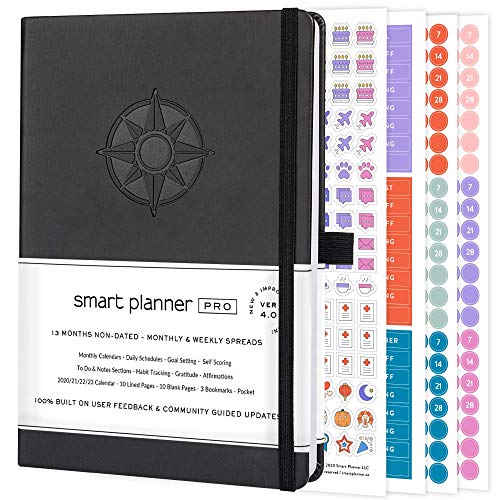How to Know if an Art Lesson is High Quality
It can be overwhelming to find high quality art lessons on the internet. It can be downright difficult to find one that integrates content with other subjects while aligning to specific standards. Don’t worry! Party in the Art Room is here to help!
So Many Choices
Pinterest has millions of ideas for lessons you can use in your classroom. You can find anything from craftivities to art lessons based on master artists to lessons labeled as arts integration. Sure, all of the photos look great! Eye-catching, engaging, fun, colorful, bright! But, how in the world do you figure out which one is best for your students?
You can use smART-thinking to help you determine if a lesson is high quality.
smART-Thinking to Choose Your Lessons
SET (S) - The lesson should align sharply with SET standards for the actual grade level and subjects you teach.
Don't try to force it into your curriculum. If you run across an art lesson that looks really fun but is a better fit for a different grade level, let it be.
MATERIAL (M)- You should be able to measure a lesson's MATERIAL impact. Lessons should be both fun and full of opportunities for growth. Students can work on fine motor skills such as cutting and gluing while also practicing number sense. A high quality lesson will allow them to grow in both areas, and you should be able to measure that where informally or formally.
APPROPRIATE (A)- The lesson should be achievable in the sense that it is both age and developmentally APPROPRIATE. Can it be differentiated so that all of your students will be successful? Does the lesson ask students to do or know something that is more appropriate for older kids?
RELATIVE (R)- Make sure you use art lessons that are RELATIVE to the actual subject you teach. That may sound obvious, but I find a lot of teachers trying to fit a social studies lesson into a science-based art project, etc. Everything is connected in this world, but you want to teach from content that is relevant to the standards you teach. Additionally, continue to think about your grade level and developmental appropriateness here. If it is asking fifth graders to do something designed for kindergarteners, it isn't relevant. Don't force this fit!
TIMELY (T)- There's no set amount of time you should spend integrating art into your content or teaching certain art lessons to your students. However, you should definitely consider the cognitive demand of the tasks you put before your students. The greater the cognitive demand, the longer the students will need to complete the project.
Let us know your own ideas in the comments below.
While you’re here, check out some of the best journals and SMART planners for educators below.
Affiliate Disclosure: Party in the Art Room is supported by its audience. When you purchase through links on this site, a commission may be earned.





